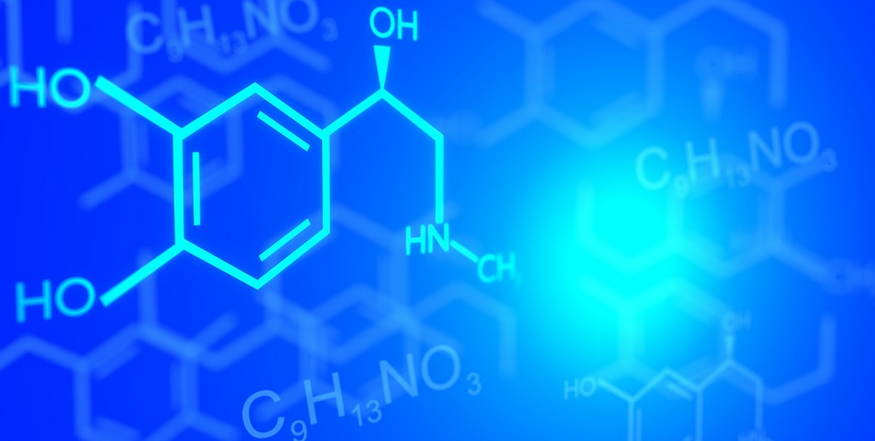Introduction
Biology is the study of living organisms and their interactions with the environment. Understanding basic chemical terminology in biology is essential to comprehend the chemical processes that occur in living organisms. This article aims to provide a brief overview of some common chemical terms used in biology.
Atoms and Molecules
All matter is composed of atoms, which are the fundamental building blocks of matter. Atoms combine to form molecules, which are the smallest unit of a substance that retains its chemical and physical properties. The most abundant elements in living organisms are carbon, hydrogen, nitrogen, oxygen, phosphorus, and sulfur.
The Periodic Table
The periodic table is a chart that organizes elements based on their atomic structure. Each element has a unique number of protons, neutrons, and electrons, which determines its atomic number, mass, and chemical properties. The periodic table is arranged in rows and columns, with elements in the same column having similar properties.
Chemical Bonds
Chemical bonds are the forces that hold atoms together in molecules. Covalent bonds occur when atoms share electrons, while ionic bonds occur when atoms gain or lose electrons to form ions. Hydrogen bonds are weak bonds that occur between molecules, such as between water molecules.
pH and Acids/Bases
The pH scale measures the acidity or basicity of a solution. A pH of 7 is neutral, while values below 7 are acidic and values above 7 are basic. Acids are substances that release hydrogen ions (H+) in water, while bases are substances that release hydroxide ions (OH-) in water.
Enzymes and Reactions
Enzymes are proteins that catalyze chemical reactions in living organisms. They lower the activation energy needed for a reaction to occur, allowing it to happen more quickly. Reactions can be exothermic, releasing energy, or endothermic, requiring energy input.
Photosynthesis and Cellular Respiration
Photosynthesis is the process by which plants convert sunlight into chemical energy in the form of glucose. Cellular respiration is the process by which cells convert glucose into energy in the form of ATP. These processes involve many chemical reactions and involve multiple steps.
Conclusion
Understanding basic chemical terminology in biology is crucial for comprehending the chemical processes that occur in living organisms. This article has provided an overview of some common chemical terms used in biology. By having a basic understanding of these terms, one can better understand the complex chemical processes that occur in living organisms.

